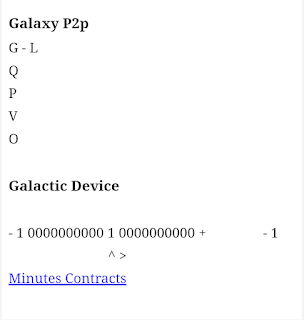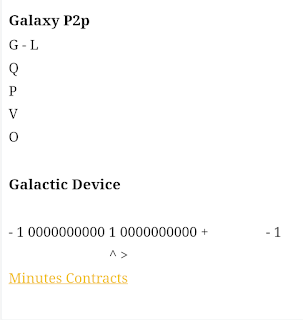"Advanced machine learning" refers to cutting-edge techniques and methodologies that go beyond traditional models like linear regression or basic decision trees. It encompasses both theoretical advancements and practical implementations in complex, high-dimensional, or dynamic environments.
Key Areas in Advanced Machine Learning
1. Deep Learning
- Neural Networks: Especially deep neural networks (DNNs), convolutional neural networks (CNNs), and recurrent neural networks (RNNs).
- Transformers: Architectures like BERT, GPT, and ViT (Vision Transformers) that have revolutionized NLP and computer vision.
- Self-Supervised Learning: Learning representations from data without explicit labels.
2. Reinforcement Learning (RL)
- Deep RL: Combines neural networks with RL principles (e.g., DQN, PPO, A3C).
- Multi-Agent RL: Coordination and competition among multiple learning agents.
- Hierarchical RL: Models that learn strategies at multiple levels of abstraction.
3. Unsupervised & Semi-Supervised Learning
- Clustering: Like k-means, DBSCAN, and spectral clustering.
- Dimensionality Reduction: PCA, t-SNE, UMAP, autoencoders.
- Contrastive Learning: Learning representations by contrasting positive and negative pairs (e.g., SimCLR, MoCo).
4. Probabilistic & Bayesian Methods
- Bayesian Inference: Incorporates uncertainty in model predictions.
- Variational Autoencoders (VAEs): For generative modeling.
- Markov Chain Monte Carlo (MCMC): Sampling methods for complex distributions.
5. Generative Models
- GANs: Generative Adversarial Networks for image, video, and text synthesis.
- Diffusion Models: SOTA models for generating images and audio.
6. Meta-Learning / Few-Shot Learning
- Learning how to learn: models that generalize well to new tasks with minimal data.
- Techniques like MAML (Model-Agnostic Meta-Learning), ProtoNets.
7. Causal Inference
- Goes beyond correlation to uncover causal relationships.
- Techniques: Causal graphs, do-calculus, instrumental variables.
8. Graph Machine Learning
- Graph Neural Networks (GNNs): Operate on data represented as graphs (e.g., social networks, molecules).
- Applications in recommendation systems, chemistry, and fraud detection.
9. Federated and Privacy-Preserving Learning
- Training models across decentralized data sources while preserving privacy.
- Tools: Federated Averaging, Secure Multi-Party Computation, Differential Privacy.
10. AutoML & Neural Architecture Search (NAS)
- Automating model selection, feature engineering, and hyperparameter tuning.
- NAS finds optimal neural network structures.
Medical
Applications
- Healthcare: Disease diagnosis, drug discovery, personalized medicine.
- Finance: Fraud detection, algorithmic trading.
- Autonomous Systems: Self-driving cars, drones, robotics.
- Natural Language Processing: Translation, summarization, Q&A.
- Computer Vision: Object detection, image generation, medical imaging.
Would you like help exploring any of these topics in more depth, or are you working on a specific project involving advanced machine learning?








0 Comments